Trasimeno is the largest lake incentral Italy: so large that we see three islands rising from its waters,Isola Polvese (which is the largest),Isola Minore (the smallest, uninhabited island) andIsola Maggiore, the most interesting and rich in historical and artistic evidence!
We made our excursion to Maggiore Island on a day with somewhat uncertain weather: dappled sunshine, somewhat threatening gray clouds, but fortunately without a drop of water! To reach the island, you have to rely on the ferry service that connects the Trasimeno resorts: we took our ferry from Castiglione del Lago, the largest of the towns that line the shores of the lake, and then, to return, we took the one that instead connects the island with Passignano sul Trasimeno.
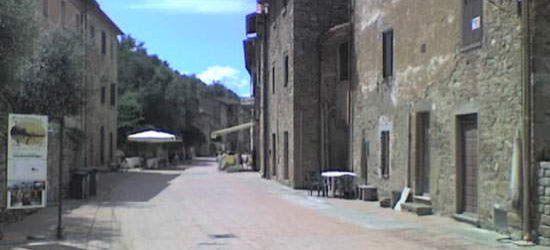 |
| The village of Isola Maggiore |
The ferry lands at a small mooring: we pass it and immediately find ourselves in the main square of the small village built on the island, in which we find a bar where we have already decided that we will stop for our lunch, and the headquarters of the local Pro Loco. From the small square starts the only street overlooked by houses, via Guglielmi: the other buildings are scattered, lonely, a bit all over the island. As soon as we arrive, there is a feeling of incredible tranquility and peace: we can feel today, probably, the same sensations that Saint Francis felt in 1211 when he decided to spend Lent on the island that year. The island is, in fact, one of the many Franciscan places inUmbria, not only because the saint from Assisi was here (and a monument erected in his honor reminds us of this, indeed there is even a rock that apparently was the one on which St. Francis landed), but also because a monastery was built in the 14th century (compared to the village, it is located on the opposite side of the island), which was then bought in 1887 by Marquis Giacinto Guglielmi, i.e., the same one who gives his name to the island’s main street, who restored it in neo-Gothic style to make it his residence. The complex, since then known as Castello Guglielmi, remained the property of the Guglielmi family until the 1970s, has been inaccessible to the public for several years, and was auctioned off in April: however, it has found no buyers.
Via Guglielmi is entirely paved in red brick: this choice, too, takes us back in time. Just as the artisans who work lace take us back to ancient times: it is not uncommon to see them along the street, practicing this island tradition that began in the early twentieth century, again thanks to the Guglielmi family, because Giacinto’s daughter, Elena, decided to found a school that would teach the villagers the art of working the so-called Irish lace (so called because it is a technique invented in Ireland itself). It was such an important tradition that the island has even dedicated a museum to it, the Lace Museum, which is located in the old Palazzo delle Opere Pie.
The street is lined with one-, two-, and three-story buildings, all made of stone: these were the old fishermen’s houses (for fishing was the activity by which the villagers lived), many of which have now been converted either into tourism-related activities such as hotels, bars and restaurants, or into workshops. Next to these, we find the Church of the Good Jesus (with a Baroque portal, an interesting altar with twisted columns, and canvases by local painters, among them the 17th-century Giacomo Giorgetti) and the Palazzo del Capitano del Popolo, dating from medieval times and remodeled in later centuries. Once the road is finished, a dirt path starts that goes through the vegetation and will lead us to the top of the island, from which there is a beautiful view of the lake and its shores! But along this path we also find the two oldest and most interesting churches on the island.
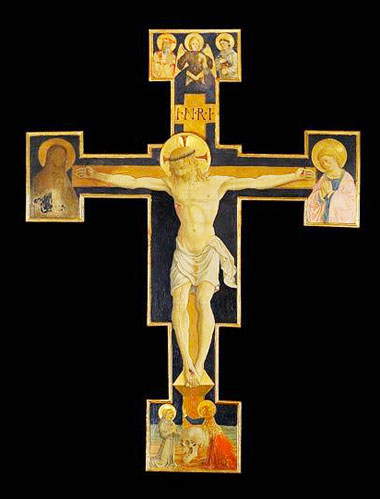 |
| Bartolomeo Caporali’s Crucifix (circa 1460), which is located in the church of San Michele |
The first is the church of San Salvatore, from the Romanesque period: in fact, it dates back to the 12th century. It is made of stone, like all the buildings on the island (though with conspicuous brick inserts), has a single nave but a small transept as it has a Latin cross plan, and is distinguished by its portal finely decorated with plant motifs. The interior is bare: we find the same, striking island stones on the walls, and looking at the ceiling we can see the wooden trusses that cover it.
The road climbs further and takes us to St. Michael’s Church, the most interesting church on the island, in a dominant position because it is on the top: it is from here that we have the best view of the lake! The temple dates from the 13th century although it was possibly built on the remains of a building that already existed, and the first document mentioning it is from 1238. The façade is made of stone and is gabled, but more importantly, it is topped by a sail-shaped bell tower typical of this area, with two bells: it makes the church very recognizable! The interior, with a single nave like that of San Salvatore, contains truly valuable works: the most important one is probably the great Crucifix, dating from about 1460, which is on the high altar and is the work of Bartolomeo Caporali, one of the leaders of the Umbrian Renaissance therefore one of the most important painters of these lands. It is a work distinguished by the dramatic nature of Christ’s suffering, but also by a certain underlying elegance that would later form one of the main features of Renaissance painting in Umbria. The walls, on the other hand, are covered with frescoes that seem to draw on Giottesque stylistic features or at any rate on the painting of central Italy at the end of the Middle Ages, with some somewhat Byzantine inserts (such as the angels appearing in the scene of the Baptism of Christ), and could therefore date from the end of the 14th century. But there are also scenes that seem to belong to later periods, such as a beautiful Madonna and Child Enthroned surrounded by saints, which instead harkens back to the lesson of the Umbrian Renaissance. The altar is surmounted by a splendid cross vault with ribs decorated with figures of saints, and segments that are instead occupied by depictions of the four evangelists.
Leaving the church, we can take other paths that take us to different parts of the island where we can observe ruins of other ancient buildings (there are, for example, the remains of a tower from Roman times). So we return to the mooring and wait for the ferry that will take us to Passignano sul Trasimeno. Not before, however, we took a look at the little beach by the lake, complete with umbrellas and sunbeds, lifeguard and diligent lifeguard, and pedal boats to take a ride in the lake: to us, who live in a seaside resort, it all seemed very nice :-) So much so that later, in Castiglione del Lago, we even spent a few hours... on the beach! But more about that another time :-)
If you likedIsola Maggiore and are thinking of planning a trip to Trasimeno, the advice we give you is always the usual: contact us! We will be able to advise you for the best ;-)
Via Guglielmi, Isola Maggiore

The ancient village on Isola Maggiore
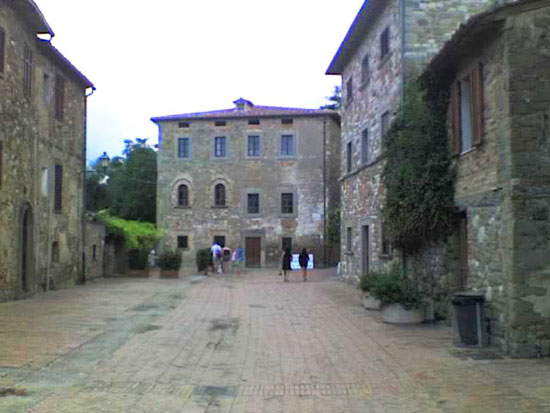
The church of San Salvatore
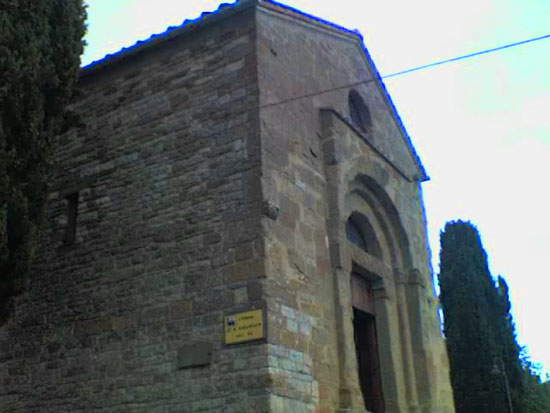
The apse of San Salvatore
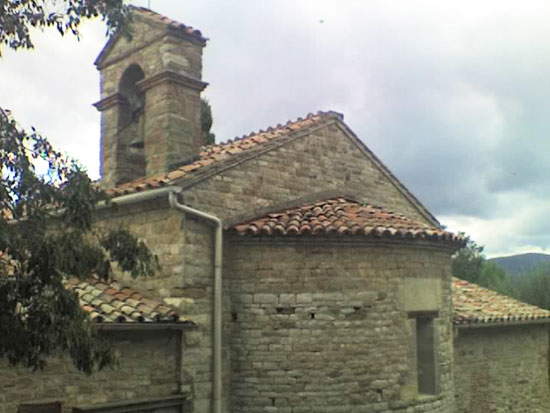
The facade of the church of San Michele
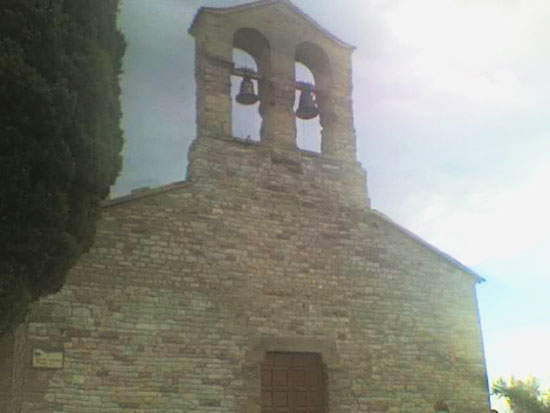
The nice beach on Trasimeno on Isola Maggiore!
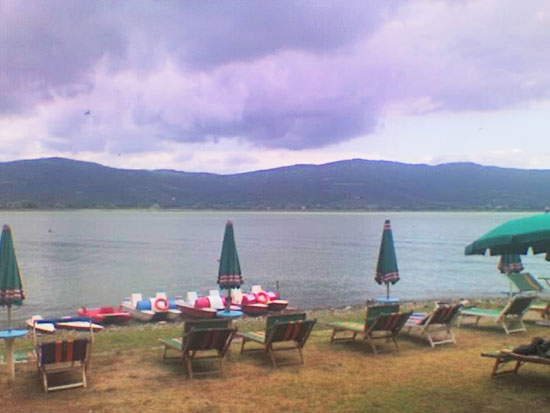
Warning: the translation into English of the original Italian article was created using automatic tools. We undertake to review all articles, but we do not guarantee the total absence of inaccuracies in the translation due to the program. You can find the original by clicking on the ITA button. If you find any mistake,please contact us.